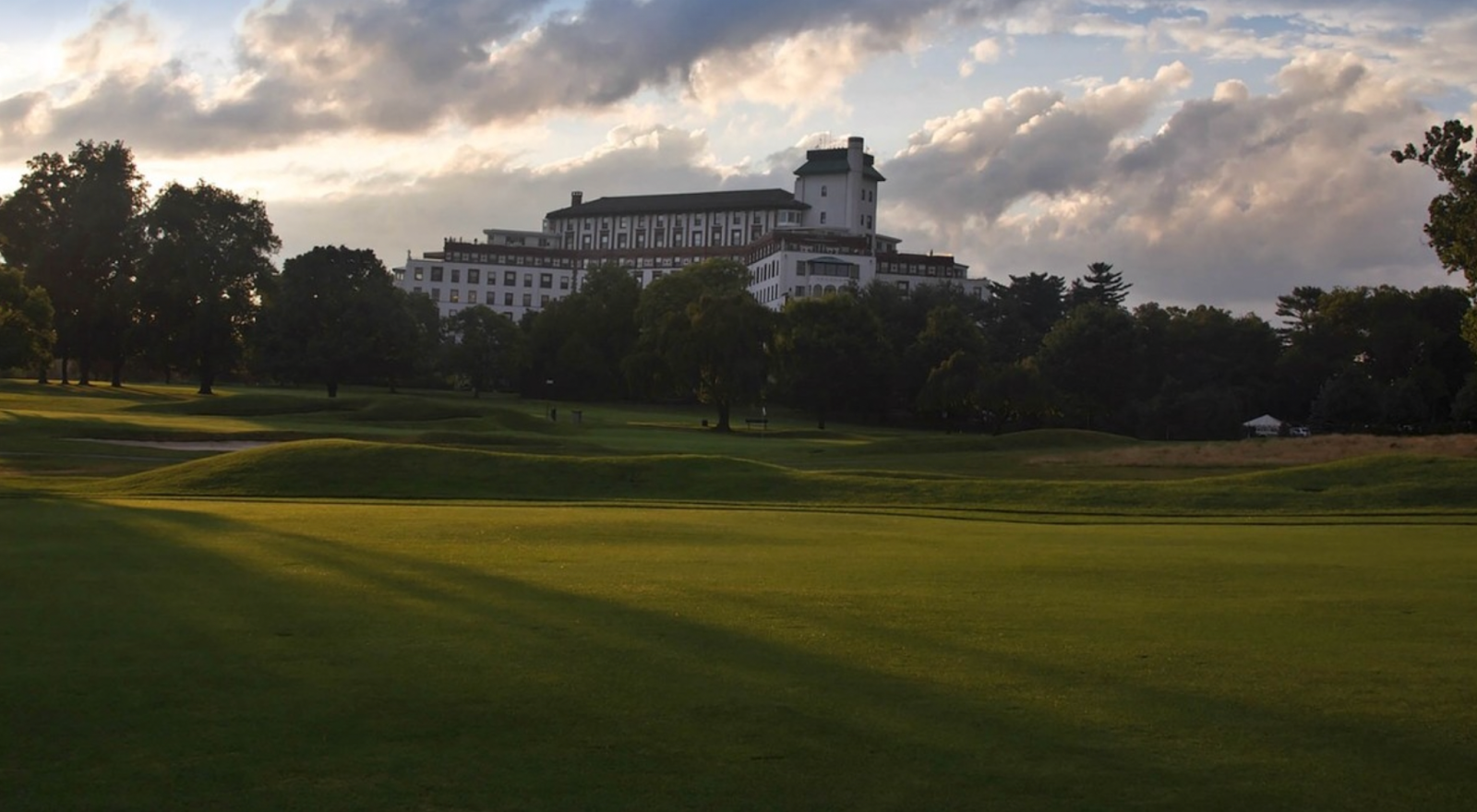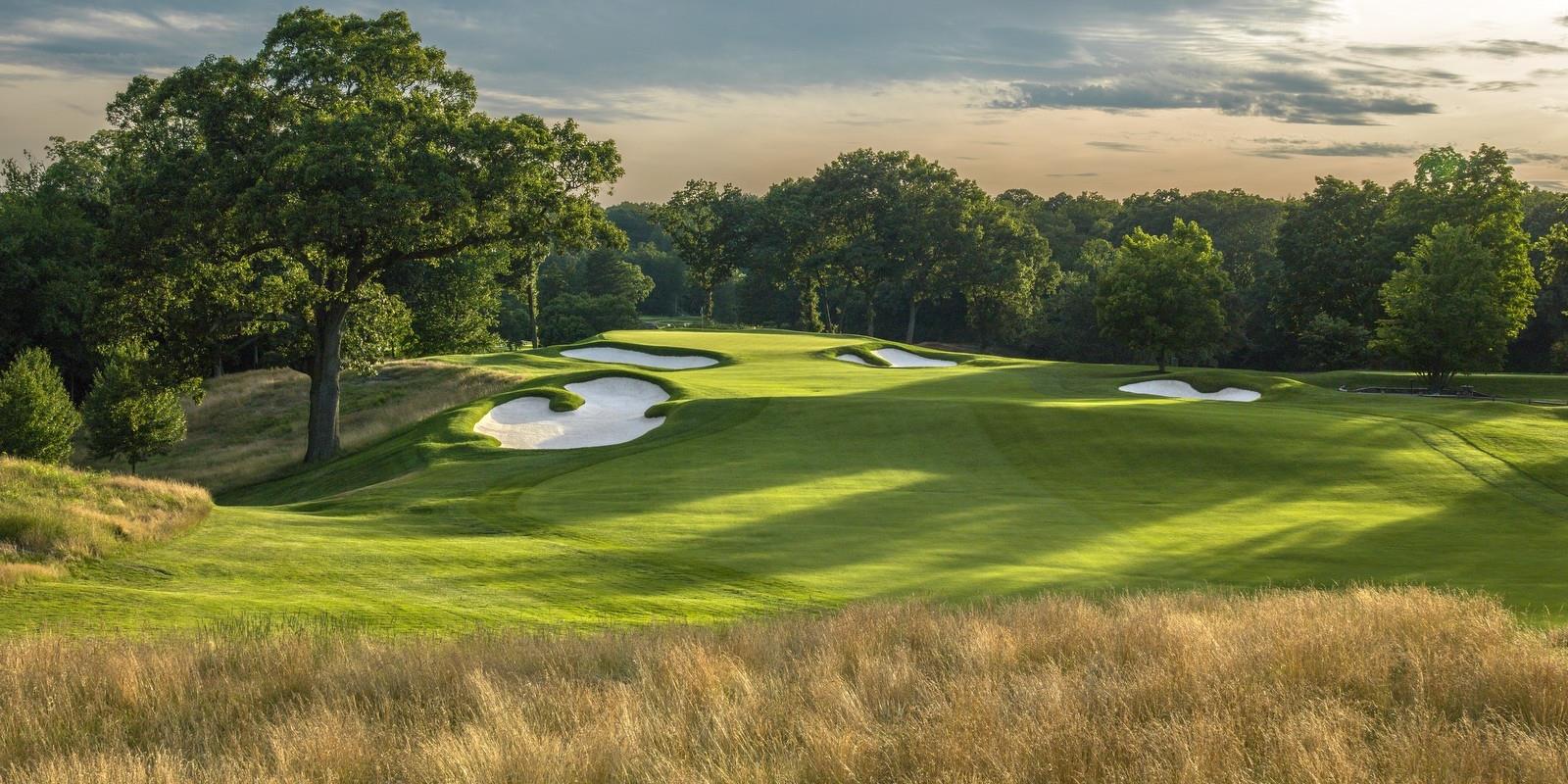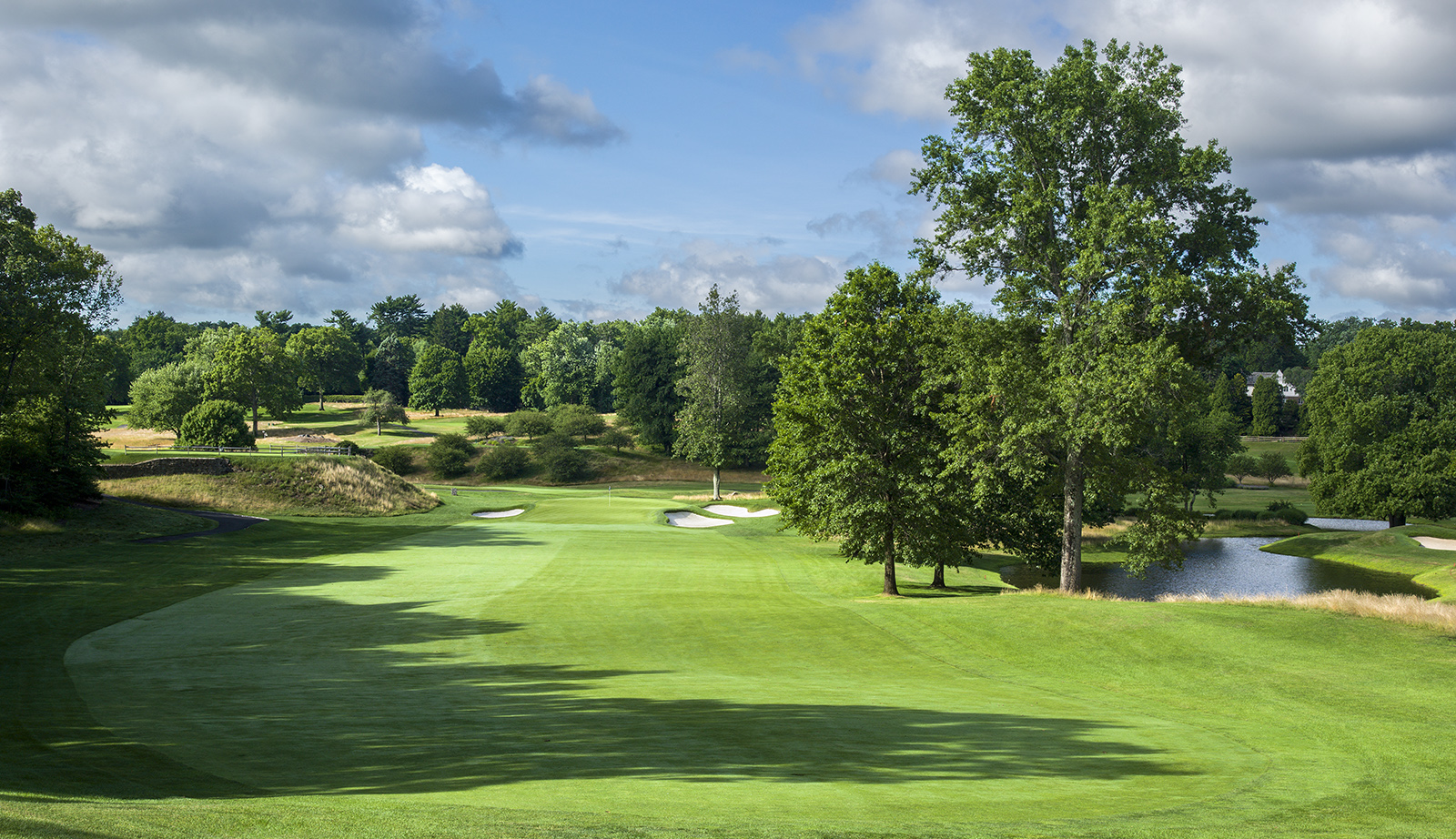A hundred years of history is alive at the Westchester Country Club (Westchester CC), located about 30 miles northeast of New York City in Rye, NY. A dream project of Biltmore Hotels president John Bowman, the Westchester CC opened in 1922 with its golf courses conceived by future World Golf Hall of Famer Walter Travis and an elegant clubhouse designed by star architects of the day, Warren & Wetmore.
For many years, one of the country club’s distinctive architectural features was a tall smokestack that belched black smoke into the atmosphere while heating and cooling the clubhouse and its accompanying 300-room hotel. In the early 2000s, the country club took down this highly polluting smokestack and constructed a cutting-edge, multimillion-dollar heating and cooling system that utilizes geothermal technology.
More than 200 wells were built into solid granite some 300 feet below the earth’s surface. At that depth, the ground has a constant 55-degree temperature. Water runs through six miles of underground ductwork and into the buildings, cooling the rooms in the summer, warming them in the winter, and maintaining a temperature of 55 degrees.

Photo Courtesy Westchester CC
The Westchester CC also instituted several other initiatives that served to lower its carbon footprint. It enlarged its holding ponds, allowing more rainwater to be captured and used for irrigation.
Similarly, the introduction of an algae-eating carp known as the white amur helped the country club replace water usage with chemical treatments that contain toxic substances such as copper.
The country club also launched other programs that further improved the environmental operations. The addition of a set of birdhouses around the country club served to increase the native bluebird population, which had been on the verge of extinction just a few years earlier.

Photo Courtesy Westchester CC
In the late 2010s, the Westchester CC undertook a major landscaping project. On the West Course — the more challenging of the two championship-level courses — the project focused on reducing most of the golf course’s ornamental plantings and other accessory items, along with decreasing the number of tee markers. Getting rid of inessential accessories and plantings lowered labor costs and other expenditures while also improving the quality of the turf.
Furthermore, flora in various areas around the courses were left to grow wild. “Reducing the number of accessories, ornamental plantings, and paths on the West Course has been extremely beneficial,” the U.S. Golf Association (USGA) Green Section wrote in an article. “Eliminating unnecessary accessories and plantings saved a significant amount of money and labor, reduced the need for rope and stakes to manage traffic, and improved turf quality.”
“Eliminating man-made clutter has made the course look bigger, more natural, and much cleaner,” the USGA continued.
While it is often easier to create an environmentally friendly golf course from scratch, the Westchester CC has demonstrated that old-school golf courses can successfully incorporate modern, eco-minded initiatives, too.





